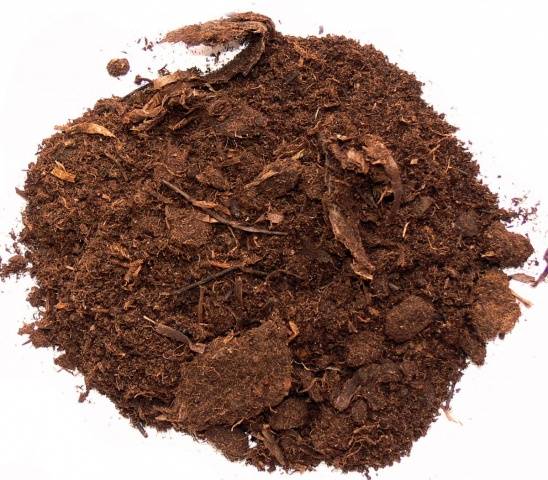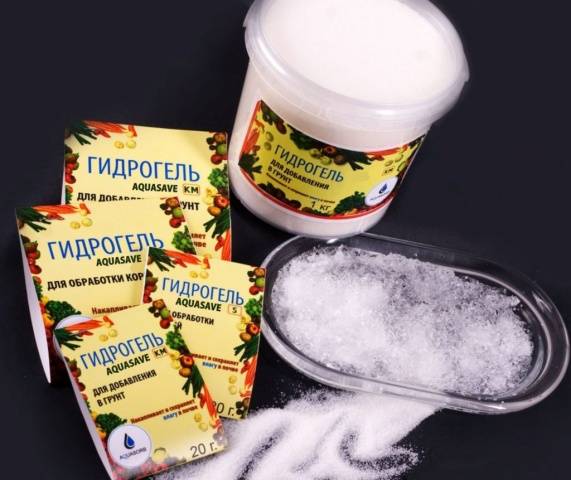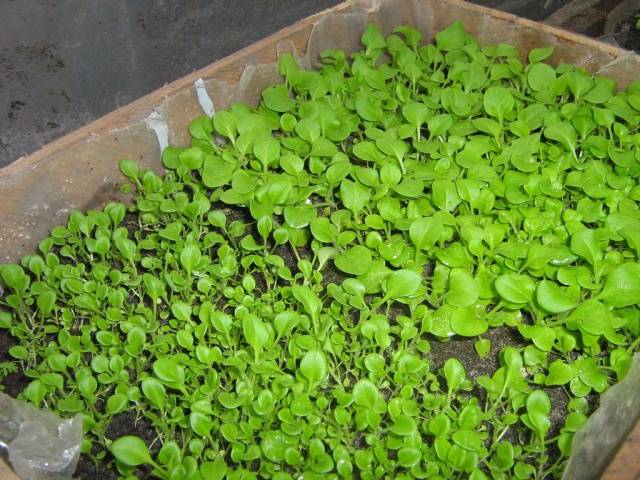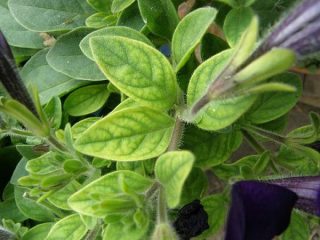Content
Petunias are flowering plants that often decorate gardens, terraces, windows, loggias and balconies. Flower growers like them because of the presence of a large number of varieties, colors and hybrids, which allows each person to make a unique flower arrangement. For successful growing seedlings It is important to properly prepare the soil for petunias.
The flower is not particularly whimsical, however, if you want the flowering to be lush, then you need to follow some basic rules. Not only must the soil for petunia be properly prepared, the success of growing also depends on the quality of the purchased seeds. Ultimately, after preparation, the soil should be loose, moisture-absorbing, light and nutritious. You can buy prepared soil for petunias or make it useful for seedlings yourself. What type of soil is best suited for petunias and how to make it suitable for seedlings will be discussed in this article.
Features of soil composition
Type of soil suitable for petunia seedlings, is determined by the Ferret triangle. Sand refers to large soil particles. Thanks to him, the soil breathes.However, sand does not retain moisture well, while clay and silt particles do the opposite. According to Ferret's triangle, petunias grow and develop well in sandy-loam, loamy and clay-sandy soil.
Organic composition of soil for petunia
The degree of soil fertility is determined by its mineral and organic composition. Chernozem contains approximately 10% organic matter, while in low-fertility soil this figure does not reach 3%.
What is organic? This is the presence of substances useful for plant growth. This number also includes microorganisms that break down mineral components into a form in which the plant can assimilate them.
Although it may seem to you that the earth is a substance within which nothing happens, in fact, two processes are continuously taking place in it: the accumulation of organic matter and the mineralization of the soil. This will explain the need to fluff up the soil and the need to apply fertilizers to it.
The fact is that the composition and quality of the soil varies greatly and one type of soil may not be suitable for petunia. Mixing different soils will ultimately give you strong, lush blooming petunias.
What should be the acidity of the soil?
Acidity (pH) is the content of hydrogen ions in an aqueous soil solution. The soil may have:
- Acidic environment with a pH level less than 6.5. In such an environment, aluminum, manganese, boron and iron are perfectly absorbed, while magnesium, calcium and phosphorus are practically not absorbed.
- A neutral environment with a pH level of approximately 7. In such soil, beneficial substances, such as macro- and microelements, are evenly absorbed.
- Alkaline environment with a pH level of more than 7.5. In such soil, useful elements are practically not absorbed.
As for petunia, neutral soil with a pH level of 5.5–7.0 and slightly acidic soil with a pH level of 5.5–6.5 are suitable for its cultivation. You don't need to go to a laboratory to measure acidity or pH levels. Buy pH litmus paper from a specialty store. To carry out the test, you will need to fill half a glass with soil and fill it with water to the top. Then you should stir the composition and leave it for 20 minutes. Afterwards, the contents of the glass must be mixed again and the earth allowed to settle. Finally, dip the litmus paper into the water. Depending on the color on the piece of paper, the type of soil is determined. If the result is red-purple, then you can plant petunias in the ground from your garden. But if the color is red or blue, then the soil is unsuitable for sowing these flowers.
Another testing option does not require financial costs, since to test acidity you will need vinegar and soda, products that are always in the kitchen cabinet. So, the check is performed as follows:
- Table vinegar is dripped onto the soil. If it hisses, it means that the soil is alkaline and definitely not suitable for petunias.
- You need to sprinkle a pinch of soda on the damp soil. If it sizzles, then the medium is acidic. This soil is not suitable for petunia seedlings.
- If the earth hisses a little in response to vinegar, but more pronouncedly in response to soda, then this is a sign that it has a neutral environment. This soil is ideal for petunias.
How to change the acidity of the earth
Let's assume that you have soil on your site that is not suitable for petunias. In this case, you can change the acidity or pH level:
- Lime should be added to the acidic environment, and during the digging process more organic matter, humic fertilizers and nitrates should be added. You can also add black soil, turf or sandy loam soils.
- Peat will help change the pH level in alkaline soil. Ammonia fertilizers are best suited. In this case, calcium and potassium nitrates should not be used.
- If the soil is moderately alkaline but crumbly, then sphagnum and compost are added to it.
- In clay alkaline soil, you can add 1 pH per 1 m2 approximately 2.5 tablespoons of crushed sulfur. Another option is 1 teaspoon of ferrous sulfate. Please note that these components take a long time to break down, so you need to apply fertilizers a year in advance or in the fall. You can also enrich the soil with peat and sand.
Sowing in peat tablets
Nowadays, growing petunias has become even easier. Since agronomists came up with special peat tablets for sowing small seeds, which is typical for petunias. First, place the peat tablets on the tray so that the indentation is facing up. Fill the pan with warm water. This is necessary for the peat tablets to swell. Once they are straightened, place the petunia seeds in their recesses.
After sowing, cover the peat tablets with glass or a plastic bag. This will create an ideal microclimate for the development of seedlings. This is the easiest way to prepare soil for petunia seedlings.
Carrying out disinfection
Before sowing, the soil should be disinfected. This stage is mandatory. The simplest disinfection method is to water the soil with a saturated pink solution of potassium permanganate 3–10 days before sowing petunias. This necessary requirement will protect young seedlings from diseases that may lurk in the ground.
Another disinfection option is to heat the soil in the oven or microwave. The main thing is to do this at high temperature. The calcination process may look like this:
- Moisten the soil, place it in a baking sleeve, close it and make 2-3 punctures in the sleeve with a fork. Heat the earth in an oven preheated to 150℃ for 45–60 minutes.
- Clay for petunias can be placed in a saucepan and filled with water. Make a water bath and heat for 1.5 hours. Boiling water needs to be added.
- Disinfection in the microwave is the most effective, as it completely destroys pathogenic bacteria and fungi. To do this, place the soil in a plastic container, fill it with water so that you get a porridge-like mass. Place in the microwave for 6 minutes.
How to prepare the soil yourself
If you are one of the flower growers who do not trust purchased soil, then you can prepare a mixture useful for petunia yourself. It can be made from peat, turf or garden soil, sand. There are two basic rules for preparing a fertile mixture:
- If you grow petunias on the balcony, then you should mix 70% red peat with 30% clay.
- If the flowers will be grown in containers, then you need to mix one part of peat moss and sand with two parts of loamy soil.
If you are breeding petunias for sale, then make clay with peat moss in a 1:1 ratio. Loam can be replaced with perlite or spruce bark. The quality of the soil components must be high. Peat is sterile, so it should always be at the base of the soil. Peat is divided into two types - black lowland and red high peat.Black peat has low acidity and is inherently better for seedlings. Although its red counterpart is loose and moisture resistant, so it is also suitable for petunias.
Soil porosity is achieved through sand. Regular red sand contains a lot of iron oxide, which has a bad effect on the root system of petunias. Therefore, it cannot be used to prepare suitable soil. You will need river gray or white sand.
If you mix sand and peat in equal proportions, it can be used for sowing seeds. But to improve the nutritional value of the soil, decomposed compost or humus should be added to this mixture.
Feeding with special additives
The next stage of preparing the land for seedlings is feeding petunia. To improve the development of petunia seedlings, you can add to the soil:
- Perlite. This is a volcanic rock that helps loosen the earth.
- Epin. This acid, contained in plant cells, helps stimulate growth. According to some, epin is a hormone, although in fact it is not.
- Microelements. It could be unifloral.
- Powder. It is sludge passed through a centrifuge. Rarely found on the open market. Improves plant germination.
- Hydrogel. This is an inert polymer that retains moisture well. Just like powder, it improves the germination of petunias.
Sowing rules
So, you already have nutritious soil. Now is the time to sow your petunia. And this needs to be done correctly.Petunias are sown on the surface of the soil without sprinkling the seeds. Use a toothpick to carefully sow small seeds. Use a sharp tip to pick up a small seed and place it in a seedling container. Use a second toothpick to mark the sowing location, since the seeds are almost invisible on the surface of the ground. This way you can sow evenly.
Sowing petunia in soil with hydrogel gives excellent results. It can be soaked not in water, but in a fertilizer solution, for example, Kemira or some other. In this simple way, you can provide petunia seedlings with moisture and additional nutrition.
To avoid having to cover the seedlings with film, you can plant them in food containers with a lid. Thus, you will get mini-greenhouses. Such containers are easy to ventilate, and the lid allows enough light to pass through, which will allow you to grow seedlings in them right up to picking.
After the seeds are placed in the soil, it needs to be sprinkled with water from a spray bottle. Then the seedlings are closed with a lid or covered with film/glass. To prevent condensation from accumulating, do not forget to ventilate the seedlings from time to time.
Expect the first shoots within two weeks. But if it happens that the shoots do not appear, then don’t wait any longer. Even if they emerge later, they will be weakened and there will be a lot of trouble with them. As a rule, such worries are not justified.
Now you are familiar with the main features of preparing soil for petunia seedlings. All that remains is to apply what you have learned in practice. We also invite you to watch video material that will allow you to further expand your knowledge:






















